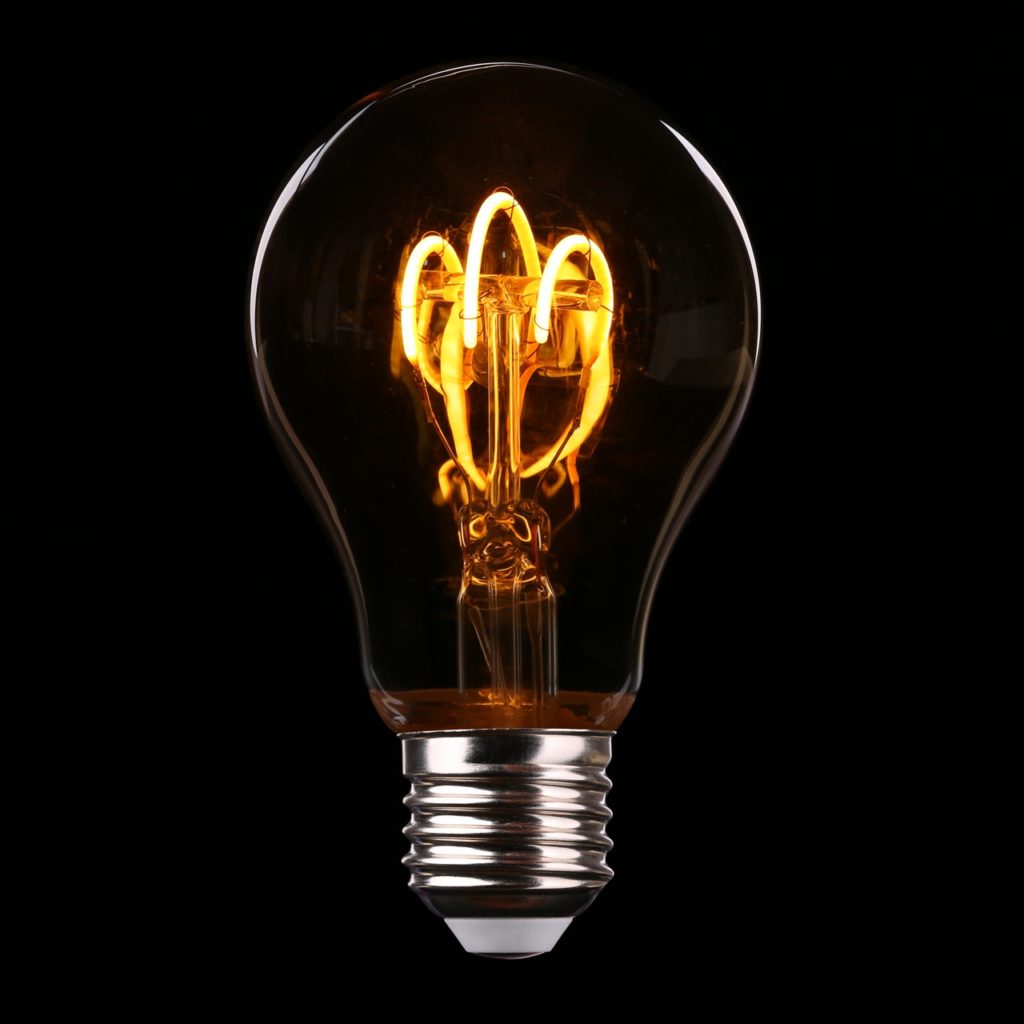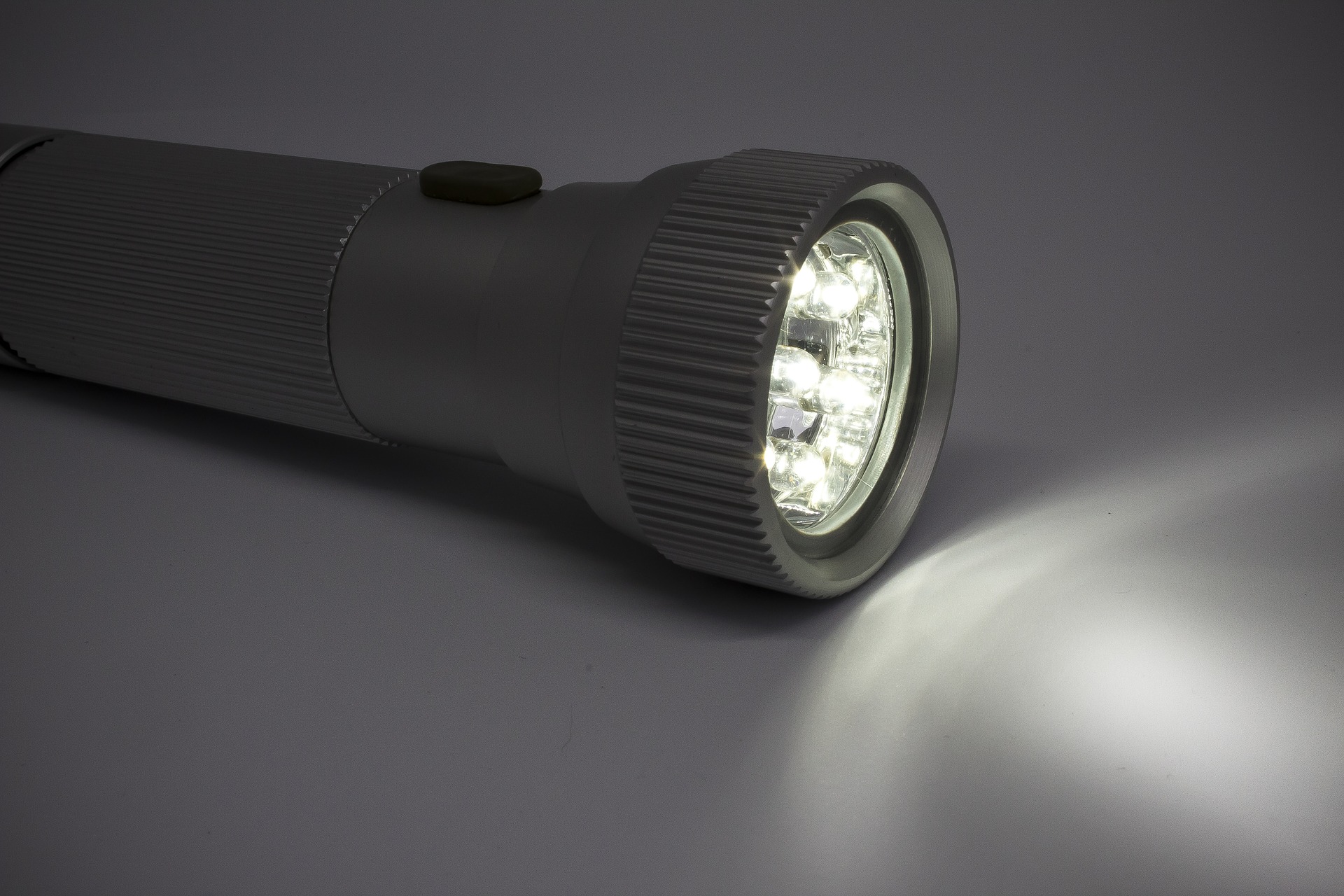What is a Lumen?
Knowing your lumens is essential to designing a comfortable and well-lit environment
If you’re not yet familiar with them, then a simple explanation is that they measure the brightness of a light.
An official definition is:
“a unit of luminous flux in the International System of Units, that is equal to the amount of light given out through a solid angle by a source of one candela intensity radiating equally in all directions.”
Lumens measure the total amount of visible light given out.
The higher the number of lumens, the brighter the light.
At Intelect Lighting we provide this as a service as it is part of our design stage of the process.
The difference between Lumens & Watts
Where bulbs used to be measured solely in watts, modern lighting is now generally classified in lumens too.
The units measure different things; watts identify the amount of energy a bulb uses, while lumens indicate the brightness of a light.
Measuring bulbs in watts was ok when there was only a single type of bulb to choose from, but with the introduction of modern, energy-efficient lighting and bulbs like halogens, CFLs and LEDs, this no longer works.
Different types of light now give out distinct levels of light for the same wattage.
Including a measure of lumens, in addition to watts, gives a more accurate idea of a light’s brightness.


Converting lumens and watts
Every type of artificial light, from LEDs and halogens to CFLs and incandescent bulbs, is now measured in both watts and lumens.
So, when looking for new lighting, how many lumens should you be looking for?
How do lumens scale against watts?
A good starting point is to know that a traditional 60W incandescent bulb produces around 800 lumens, and a 10W LED produces a light of comparable brightness.
The table below can help you to compare the performance of different types of light bulb in both lumens and watts:
Bulb Type | 450 Lumens | 800 Lumens | 1100 Lumens | 1600 Lumens | 2600 Lumens |
LED | 6W | 10W | 13W | 18W | 24W |
CFL | 9W | 14W | 19W | 23W | 40W |
Halogen | 29W | 43W | 53W | 72W | 150W |
Incandescent | 40W | 60W | 75W | 100W | 150W |
How many lumens do I require?
The number of lumens required to comfortably light a space will depend on what it is being used for and the atmosphere you wish to create.
Generally, the larger the square footage of a space, the more lumens are required to light it adequately.
The number of lumens needed to illuminate a specific area is measured in lux, where one lux is equal to one lumen per square metre.
The Charted Institution of Building Services Engineers (CIBSE) recommends the following lighting levels:
- General office – 500 lux
- Small retail outlets – 500 lux
- Supermarkets – 750 lux
- Showrooms – 500 – 750 lux
- Food preparation and cooking – 500 lux
- Entrance halls – 200 lux
- Loading bays – 150 lux
- Warehouses – 100 lux
- Packing and dispatch – 300 lux
For professional help and advice deciding on appropriate lighting levels for your workplace, give our team of specialists here at Intelect Lighting a call today on 01942 604 191.

Hi there to all, the contents present at this web site are
truly remarkable for people experience, well, keep up the
good work fellows.